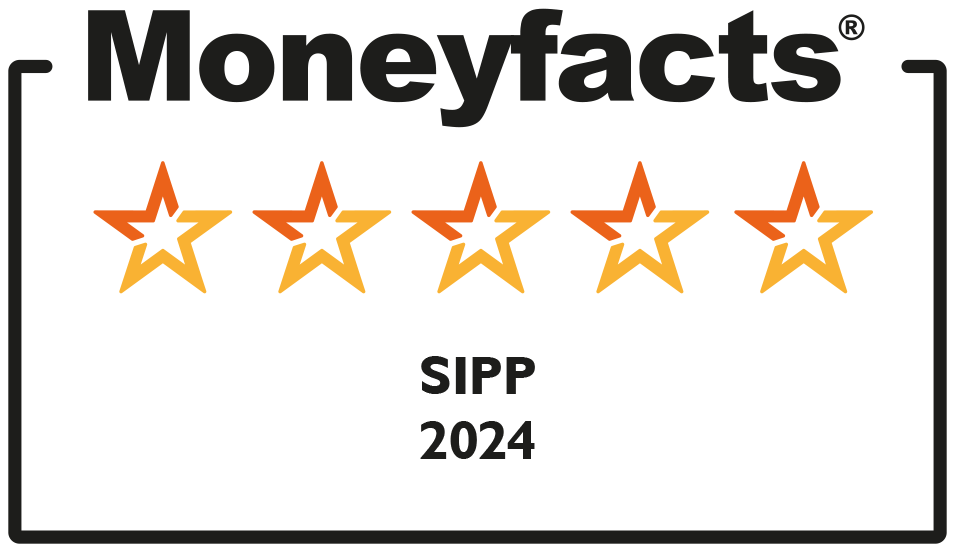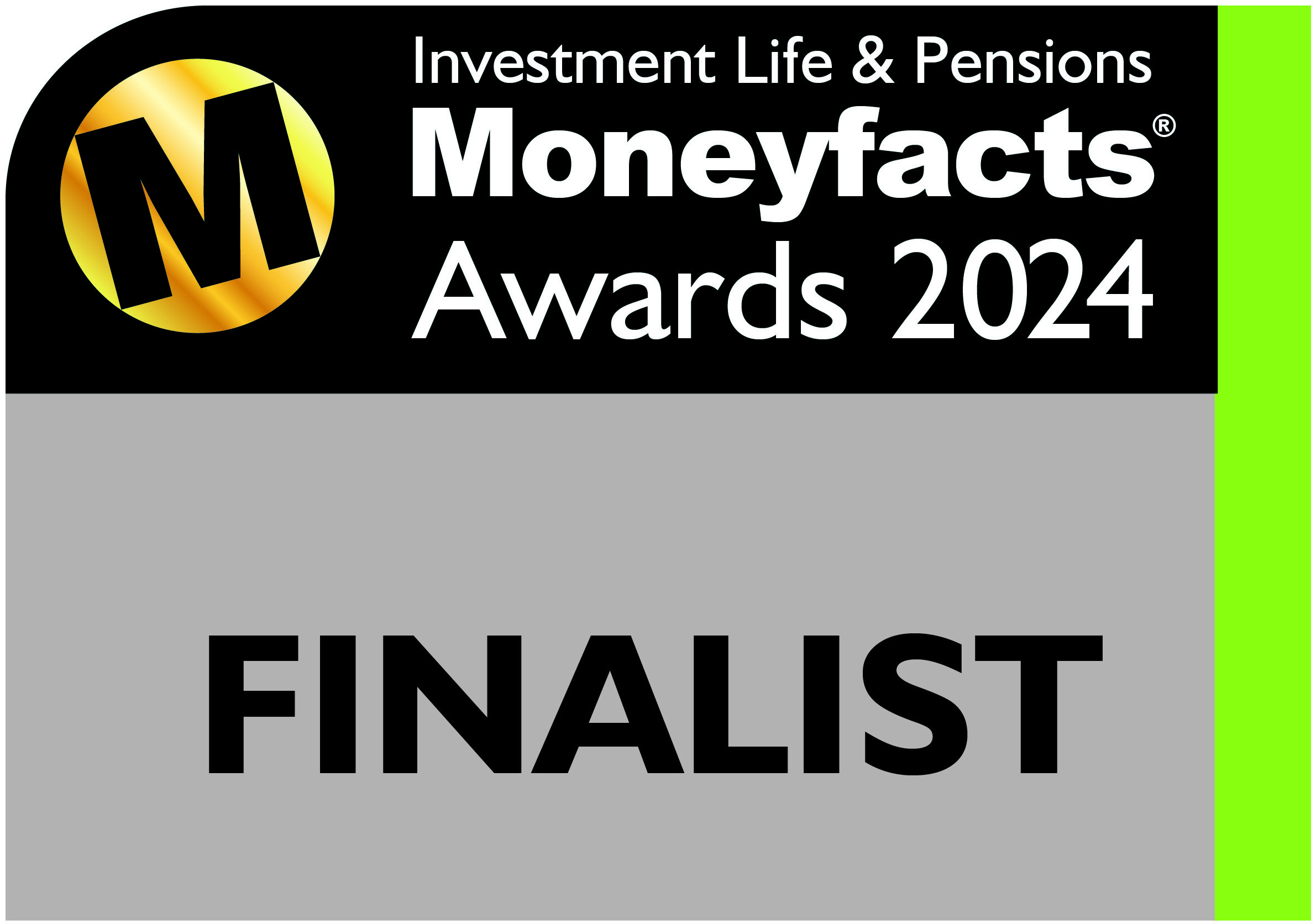An expert guide to SIPPs, borrowing and commercial property (and how we can help)
Commercial property in SIPPs is something we often write about in our content, as this is a popular investment choice among our clients and their advisers.
In the past you have read about:
- Some of the more common types of property IPM are asked to purchase
- Some of the more unusual enquiries we receive
- How property purchase through a SIPP has helped clients’ businesses during Covid
- Areas you need to consider when undertaking a transfer in-specie of property from another provider
The thing we like most about property purchase in SIPPs is that no two purchases are the same. There are so many variables that this gives us an opportunity to share our experiences with our clients and advisers, assisting them in advance of the purchase taking place, during the purchase process, and then for many years after.
One of these variables is how the client intends to fund the purchase. In particular, there is often a question of whether there is sufficient within the SIPP(s) to make the purchase or whether borrowing will be required.
Many of you will probably be familiar with the limit on borrowing for a SIPP as laid out by HMRC. Currently this is limited to 50% of the net scheme assets (this is a complicated way of saying you can borrow up to half a SIPP’s value).
Where a purchase requires borrowing, more often than not the question we are asked is: where can the mortgage be made from?
In most instances, IPM wants clients to have flexibility when it comes to their SIPP and does not operate panels of third parties they need to work with. (An exception to this is our panel of solicitors who we prefer to be appointed on all transactions IPM undertakes).
This is also true when it comes to borrowing. We do not have panels of lenders clients must choose from. However, in some instances, this will not help your client, as they are looking for a steer as to who to speak with about this.
Even our usual response of suggesting they speak with their own bank does not always help, as not all banks are familiar with SIPP lending or even what a SIPP is!
Given that this is an area we deal with on a daily basis, we know that there are many good lenders out there. Some of these even have their own dedicated SIPP teams to help guide clients through the process.
We also work with some excellent commercial brokers who specialise in SIPP lending.
With this in mind, we thought we’d ask one of the specialist brokers who some of our clients have worked with to share an overview of the SIPP lending market as they see it.
With more than 30 years’ experience in the banking sector, many of those helping SIPP clients, David Whitehead of Commercial Sense Limited has dealt with a wide range of scenarios and lenders throughout his career. We asked David to share his views about the current SIPP borrowing market.
SIPPs and borrowing – A view from the expert
Having spent more than 30 years with a mainstream lender, it’s easy to see how one could become institutionalised in having a narrow outlook of the commercial finance market.
Fast forward to now, and with exposure to the whole of the market, it’s refreshing for me to see many lenders – some familiar names and some not quite so – that have an appetite to lend to SMEs across the UK.
I am an advocate of SIPPs, having been exposed to this market for 10 years working with a high street bank.
Buying commercial property through a pension scheme remains extremely popular for owners of SMEs and property investors alike, given the stable values and retirement planning benefits.
However, there are pitfalls, and we always recommend that clients seek professional financial advice from a qualified adviser. The role of the professional trustee, especially one that is experienced in helping clients acquire commercial property, is also vital.
So, what if a pension scheme does not possess adequate liquidity to acquire the property outright?
Searching for a bank that will lend to help make these plans a reality can be a minefield.
The first port of call should always be the client’s own bank. That’s because they will have a history of transactions and a financial profile built up over time.
But what if their bank doesn’t have the appetite to lend? Where does the client go then? Or, could there be a better deal out there than their own bank offers?
The client could trawl around many different banks trying to find the appropriate point of contact within each who understands what a SIPP or SSAS is. They then, crucially, must find someone who knows how to lend to one!
Alternatively, they could save time by approaching a commercial finance broker who has access to the whole of the market. This person will be on the panel of many lenders that can pick up an application, usually within 24 hours, and provide a steer as to whether this is a deal for them or not.
Of course, I am biased towards the latter option! However, there are many upsides of using a commercial finance broker.
Some lenders will pay an introductory fee to the broker when the loan draws. As far as our brokerage is concerned, this is rebated against the fee we charge the client (although other brokers may have a different approach). Any FCA regulated broker will fully disclose this fee in advance, so the client is aware of what fees are payable before committing themselves.
The high street banks tend to be the cheapest, but their risk appetite is narrow. So, the fact that there is a growing number of established and challenger banks in the secondary tier is encouraging.
Issues such as tenant quality, break clauses, and short lease terms tend to rule out many transactions for the high street lenders, as do many property investment (third-party tenant) deals. Conversely, this emerging group take a more pragmatic view with comfort derived from the under-leveraged position and the wider pension scheme assets.
Despite the global pandemic and state of the economy, it is very encouraging to see the number of lenders that are out there willing to lend to SIPPs, SSASs, and businesses as a whole.
The first few months of 2022 have been very positive with many clients looking to borrow and many lenders looking to lend. Happily, there are lending facilities out there to support the commercial property plans of most clients.



